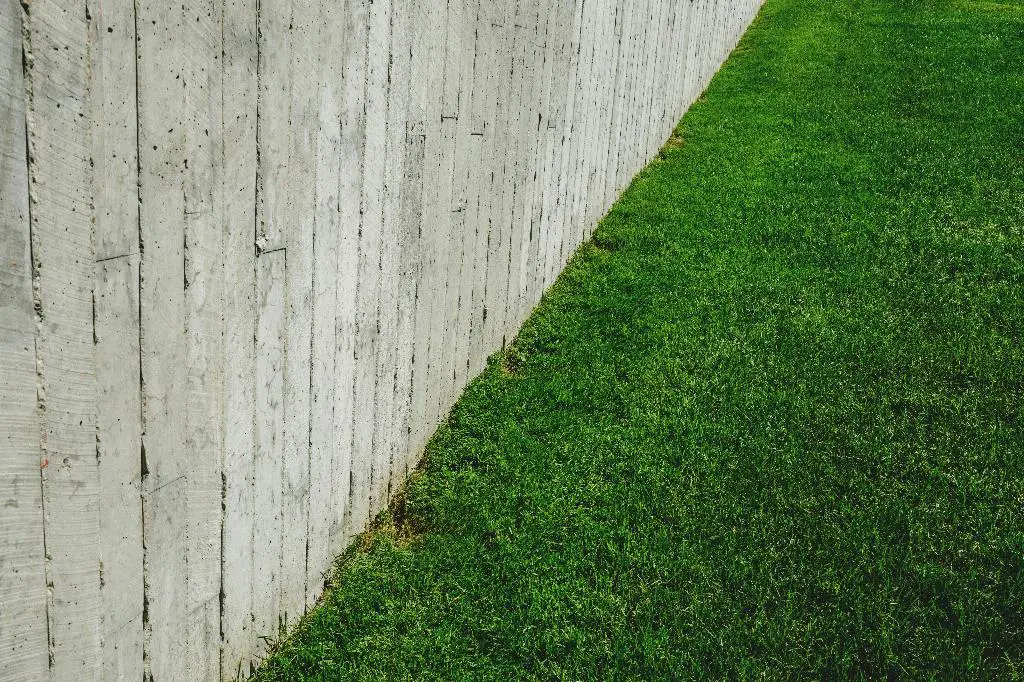Having a lush, vibrant lawn requires more than just regular watering and mowing. Aeration is a crucial step in maintaining healthy turf, as it allows air, water, and nutrients to penetrate the soil and reach the grassroots. Whether you opt for a core aerator or a spike aerator, the key is to ensure thorough coverage and proper technique to reap the full benefits.
Understanding the Basics of Aeration
Before diving into the aeration process, it’s essential to understand the two primary types of aerators: core and spike. Core aerators extract small plugs of soil, alleviating compaction and promoting better air circulation. On the other hand, spike aerators puncture the ground with tines, facilitating water infiltration and root growth.
Preparing Your Lawn for Aeration
Prior to aerating your lawn, it’s advisable to mow the grass to a suitable height and water the area thoroughly the day before. This will soften the soil and make it easier for the aerator to penetrate the ground. Mark any sprinkler heads or underground utilities to avoid damage during the process.
Choosing the Right Aerator for Your Lawn
When selecting an aerator, consider the size of your lawn and the type of soil you have. For larger areas or heavily compacted soil, a core aerator is often more effective at loosening the ground. Alternatively, spike aerators can be suitable for lighter compaction and maintenance aeration.
Executing the Aeration Process
Once you have your aerator ready, begin by making a pass over the lawn in one direction, ensuring complete coverage. For core aerators, you’ll notice small plugs of soil being extracted, while spike aerators will leave holes in the ground. After the first pass, go back perpendicular to the initial direction for thorough aeration.
Post-Aeration Care and Maintenance
Following the aeration process, consider seeding any thin or bare areas to encourage new growth. Apply a quality fertilizer to replenish nutrients and water the lawn adequately to promote recovery. Avoid heavy foot traffic on the aerated lawn to allow the soil to settle and the grassroots to thrive.
Frequency of Aeration
The frequency of aeration largely depends on the condition of your lawn. For heavily trafficked areas or compacted soil, annual aeration may be necessary to maintain healthy turf. However, for less compacted soils, aeration every 2-3 years may suffice to promote optimal growth.
Benefits of Regular Aeration
Regular aeration offers numerous benefits, including improved water retention, enhanced root development, and reduced thatch buildup. It also facilitates better nutrient uptake, leading to greener, more resilient grass that can withstand environmental stressors.
Consulting a Professional
If you’re uncertain about how to aerate your lawn or lack the necessary equipment, consider consulting a lawn care professional. They can assess the condition of your turf, recommend the appropriate aeration method, and ensure the process is carried out effectively for optimal results.
Conclusion
Aeration is a critical aspect of lawn maintenance that should not be overlooked. By understanding the basics of aeration, preparing your lawn accordingly, and executing the process with care, you can promote healthier, more vibrant grass that enhances your outdoor space. Remember to assess the condition of your lawn regularly and prioritize aeration as needed to achieve long-term success.

